Caltech Analemmatic Sundial
In 2007, supported by the Caltech Alumni Association, Bob Kieckhefer, BS (BS ’74) and Ponzy Lu, PhD (BS ’64) collaborated to give the current students a landmark that would maintain its place on the Caltech campus forever in stone.
by Zachary Kelch
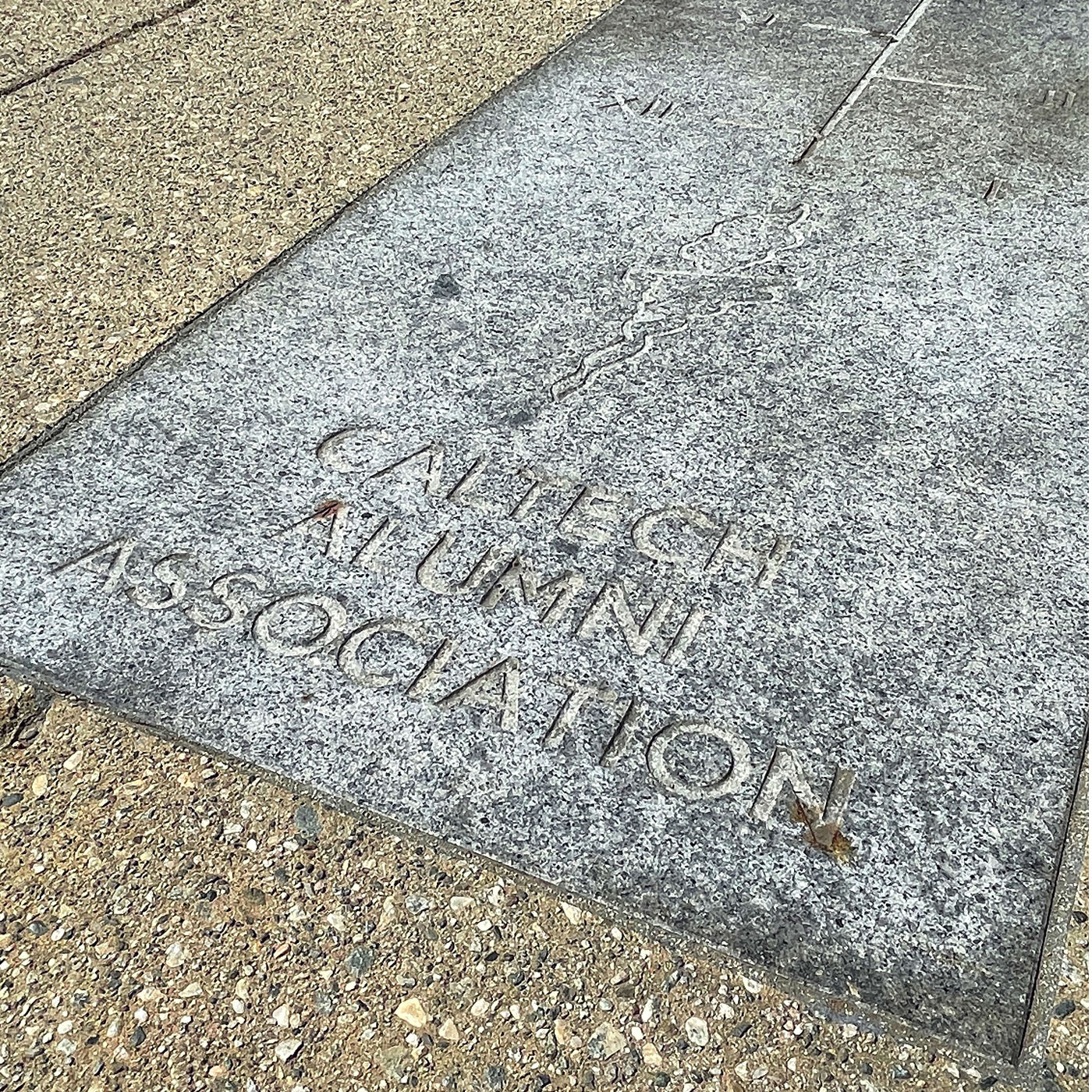
Photo by Srikar Poruri
Kieckhefer and Lu were inspired to replace a freestanding sundial built by renowned astronomer and artist, Russell W. Porter, which mysteriously went missing from the Pasadena campus in 1975. With the help of local sculptor John O’Brien, the team designed and embedded an analemmatic sundial in the concrete on Olive Walk, now outside the Hameetman Center.
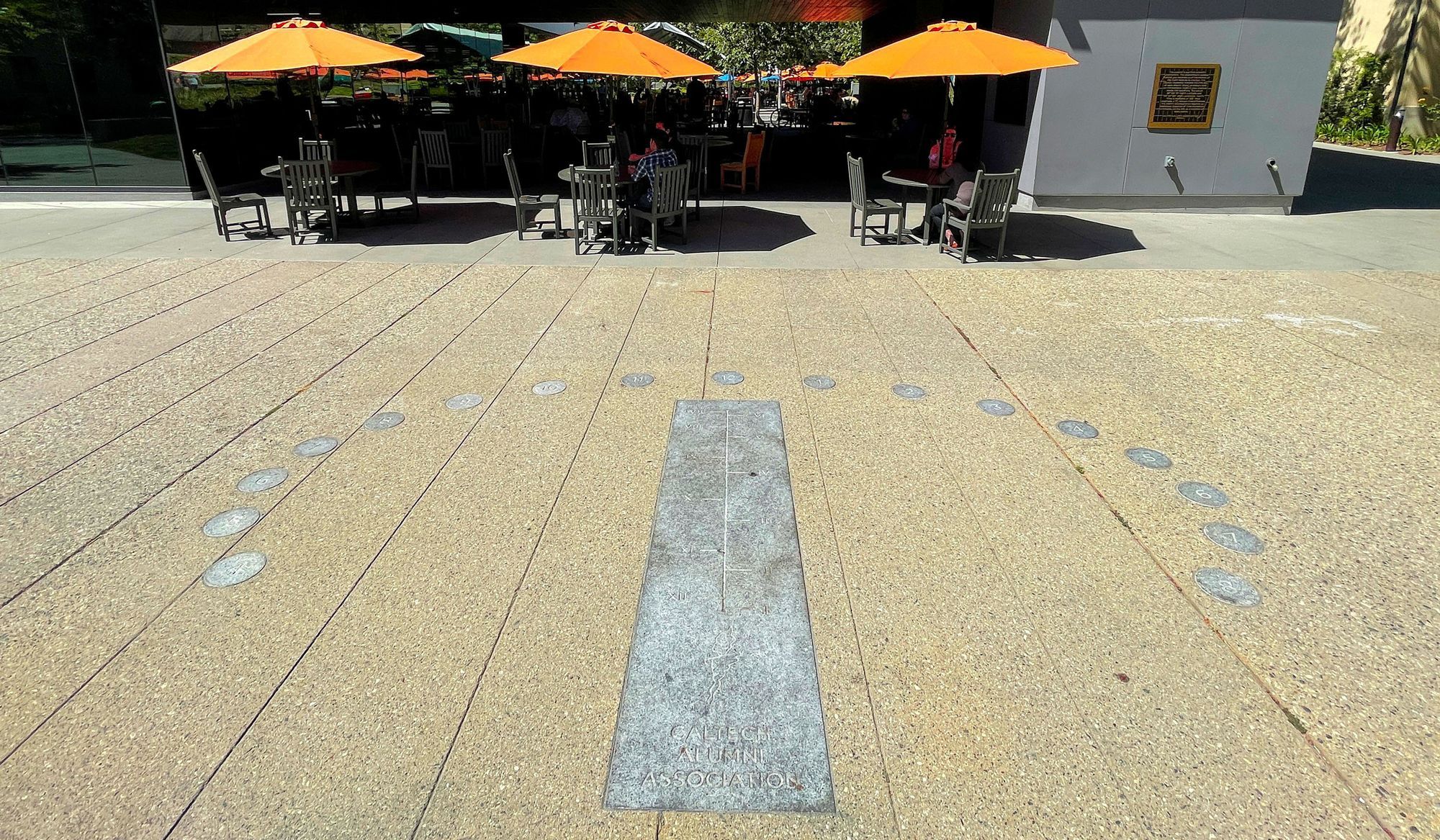
In order to successfully integrate the scientific instrument onto campus, the team used an analemmatic design, which involves a horizontal placement and uses a vertical object to cast its shadow onto hour markers positioned in an elliptical pattern, providing the information needed to tell the time. To ensure the piece also provided an artistic perspective honoring California’s natural resources, the 14-by 8-foot dial uses locally sourced Granodiorite of Knowles, a muscovite-bearing biotite granodiorite rock quarried from Knowles Quarry at Raymond, California, for the hour markers and calendar line plinth.
A nearby wall plaque provides additional information required to properly read the sundial, such as longitude and equation of time correction. Lu adds, “Missing from the plaque, is the mention of the tilt of the Earth’s rotational axis of 23 degrees – it is, along with the elliptical orbit, the reason for the variability reflected by the equation of time.”
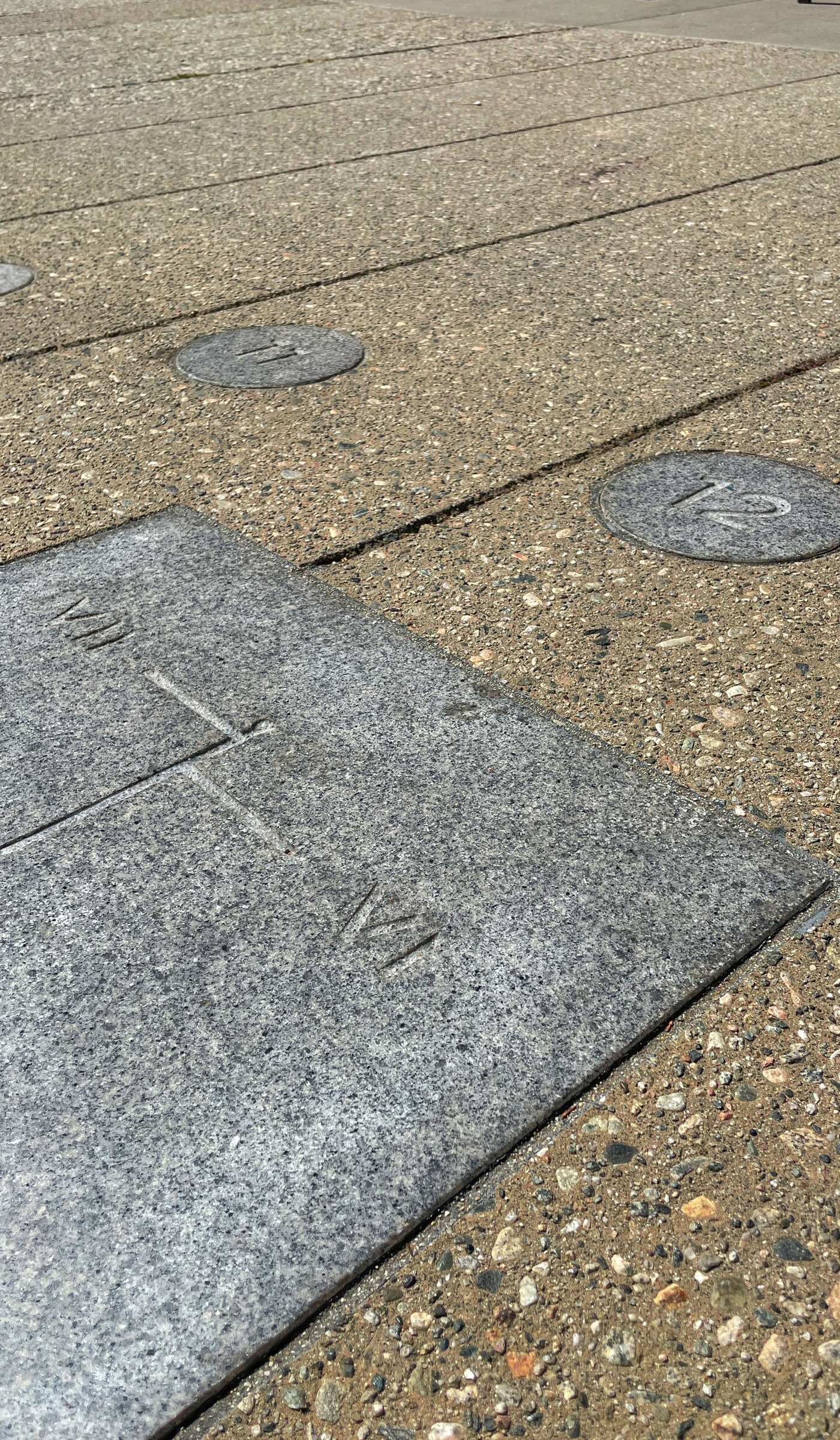
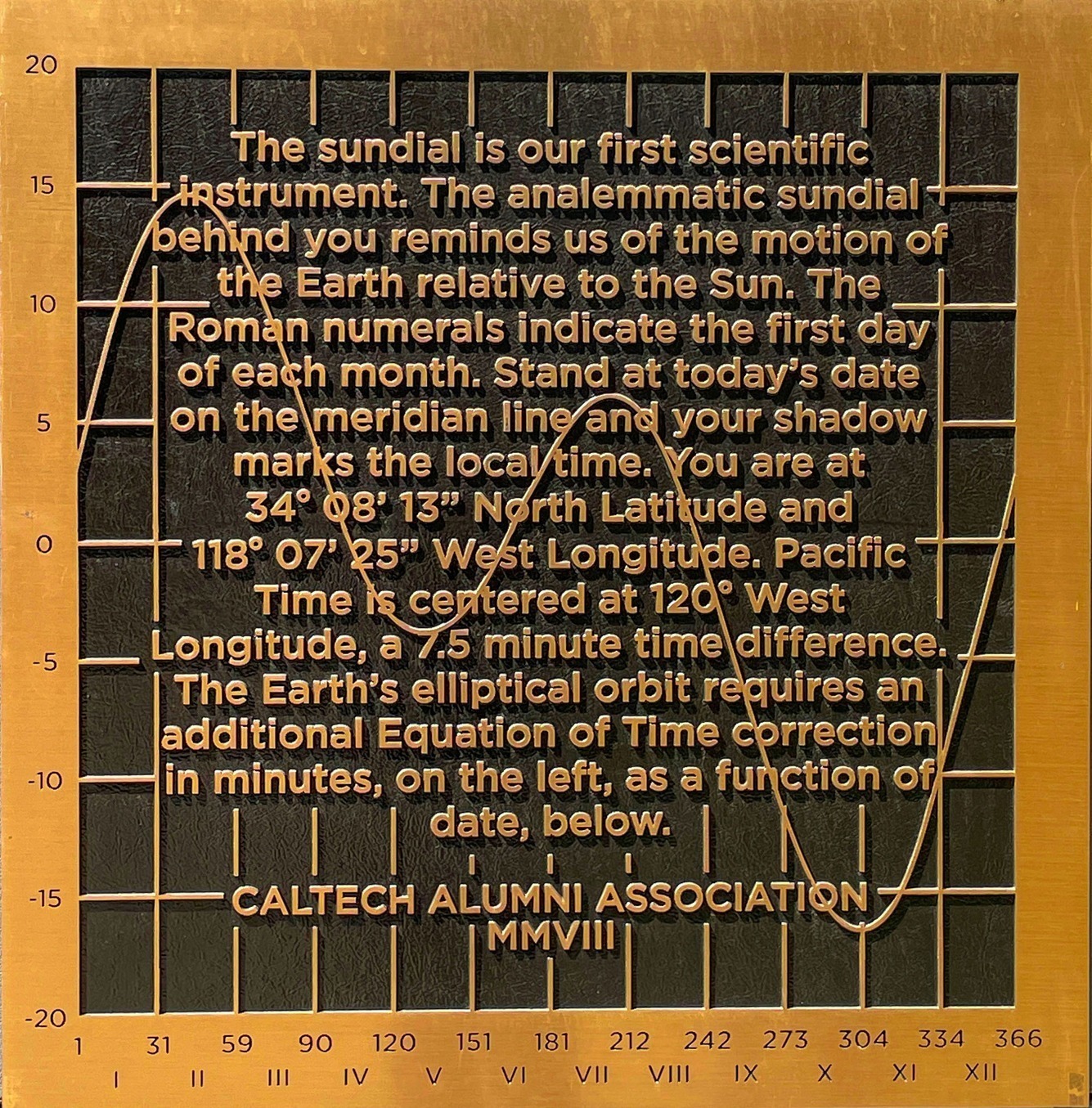
The dial is a gift from the Caltech Alumni Association as a sculpture, a public artwork, and a scientific instrument.
Kieckhefer and Lu believe it also serves as a significant reminder. “As the plaque near the sundial says, ‘The sundial is our [mankind’s] first scientific instrument.’ I would like students to have some appreciation of their scientific heritage,” says Kieckhefer.
How to read the Caltech Analemmatic Sundial:
1. Stand on the date
2. Read the local solar time from the shadow of your head
3. Correct for equation of time by adding the number from the graph on the wall
4. Correct for longitude by subtracting 7.5 minutes
5. Correct for daylight savings time by adding an hour, if needed
Design by: Bob Kieckhefer, BS (BS ’74) and Ponzy Lu, PhD (BS ’64)
Built by: John O’Brien and Mike Gilbert, Inc.
Construction: May 8, 2007
Special Thanks:
Andy Shaindlin (Former Executive Director of CAA)
Romy Wyllie (Co-founder of the Caltech History & Architectural Tour Service)
Pietro Perona (Allen E. Puckett Professor of Electrical Engineering)
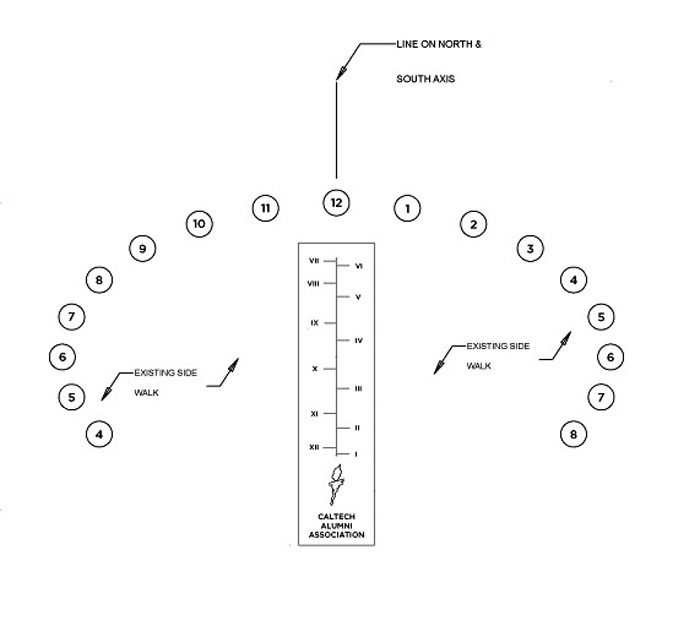
Related Articles
-
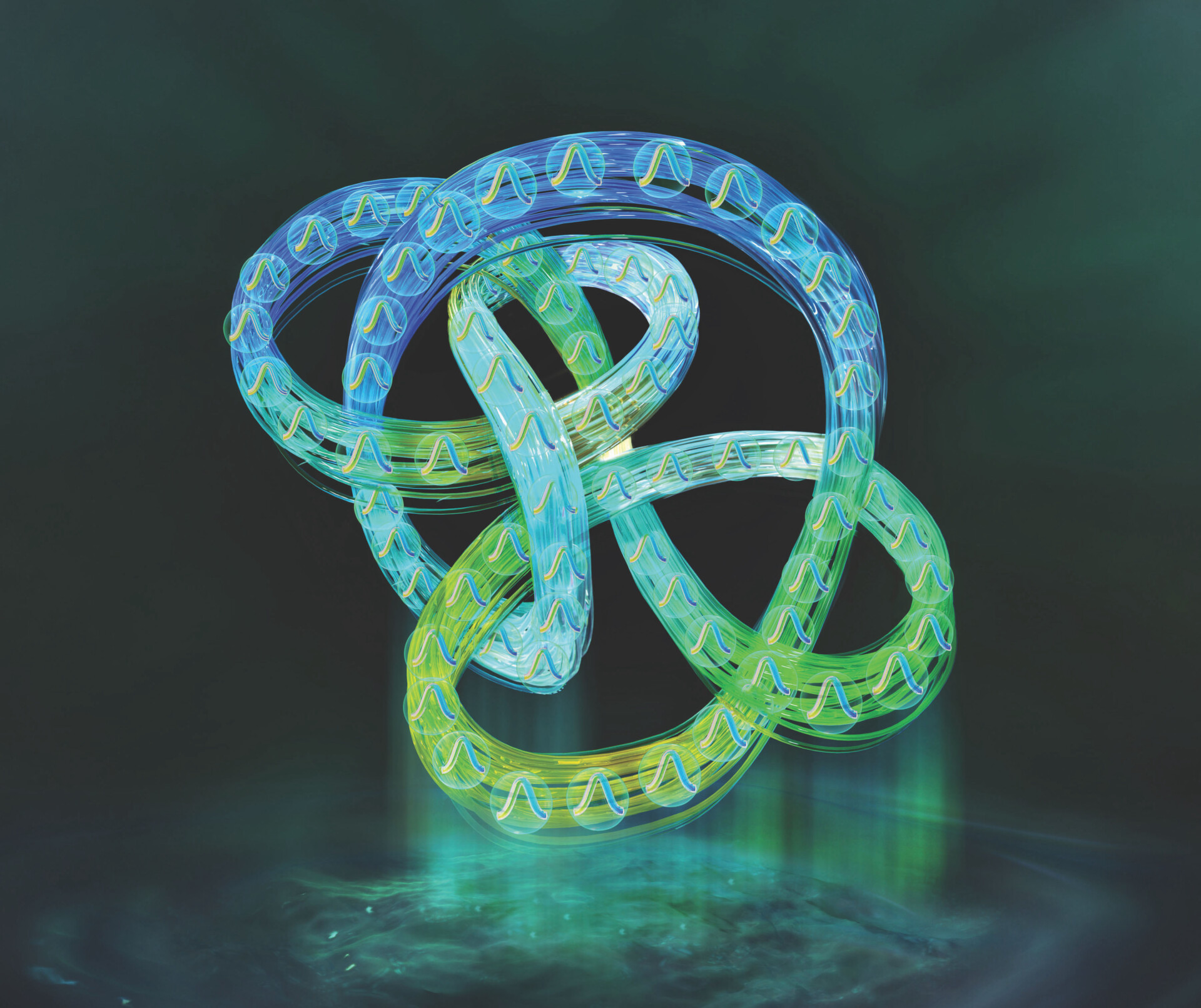
Binding Lights
In a recent research paper, assistant professor Alireza Marandi delves into the innovative realm of mode-locked lasers.
-

Fashion >> Forward
For Daniel Mukasa, the future of wearables requires sweating the small stuff.
-
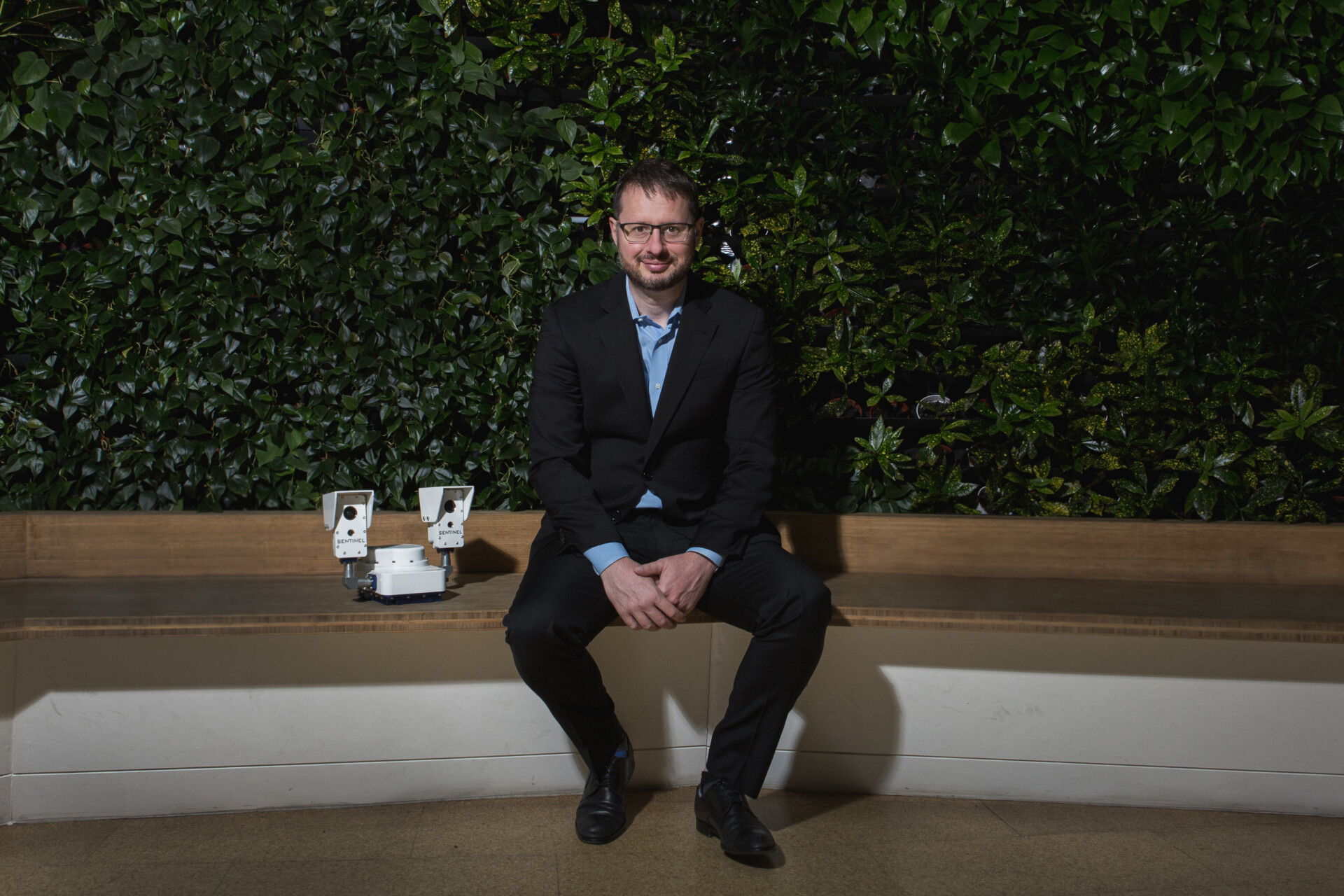
Burn Notice
Wildfires are on the rise across the globe and curbing them will be a team effort among organizations and technology. Gilberto DeSalvo and his comp...